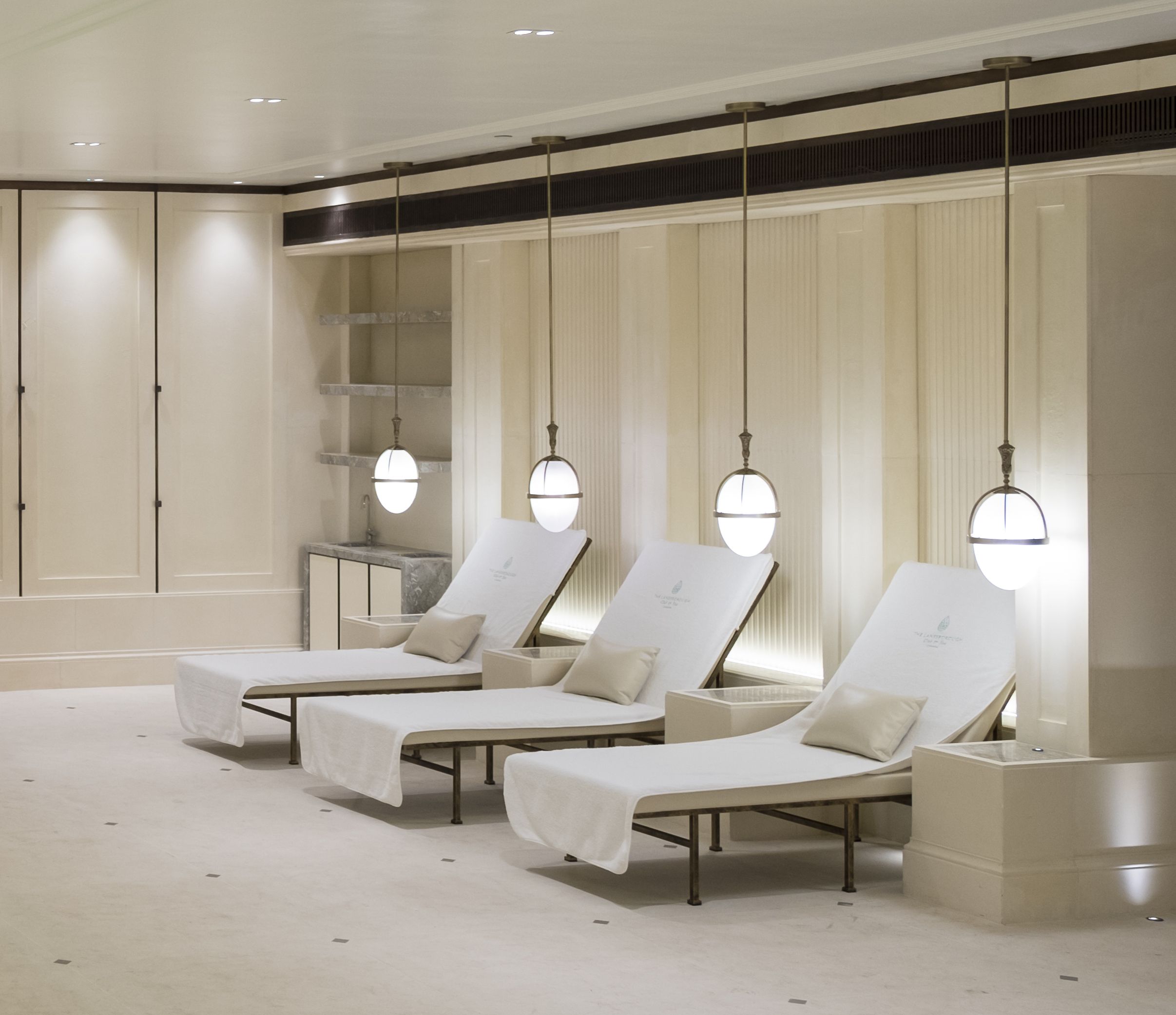Alexandre de Sainte Marie was Managing Director of the Hermès Group’s Tableware Division from 1996 to 2004. Today, as an independent consultant, he advises several luxury brands on their differentiation and value creation strategies. A graduate of ESCP – Europe, Alexandre is also the author of “Luxury and Brand” (Dunod), a book that has just been published in China. On this occasion, Alexandre wanted to revisit and update the testimony he gave to Luxus Plus in 2018.
By Alexandre de Sainte Marie, author of “Luxury and Brand” (2015) and founder of Neapolis
Contemporary luxury appeared about ten years ago, in the wake of the American subprime crisis of 2007 – 2008. This crisis profoundly changed the purchasing behaviour, dreams and expectations of luxury customers vis-à-vis the major players in the sector, Vuitton, Cartier, Chanel, Dior and other Hermès, which were then in the midst of a period of rapid internationalisation.
At the same time, the post-2007 – 2008 period also saw exponential growth in the use of social networks, which made the luxury brand more accessible than ever before.
After 2007 – 2008, for these two distinct but simultaneous reasons, luxury is entering a new era. It would be tempting to call it the digital era of luxury, but that would be (far) too simplistic. One thing is certain: nothing will ever be the same again.
How can we characterize this contemporary luxury? By four main markers:
An uncertain, shifting and unstable global geo-political context
The Brexit series, the trade war between the USA and China, the tragedy of migrants and populist tensions in Europe … at any moment a crisis seems to be added to the previous one, in a context where social and income inequalities have never been so strong;
The new multipolarity of the market
It is the consequence of the tremendous international expansion led by the brands during the 1990s and 2000s. Not only the United States, Western Europe and the 5 historical Asian markets (Japan, Hong Kong, Korea, Singapore and Taiwan), but also South America, Eastern Europe, Russia, Qatar and the U.A.E., India, continental China … And this before conquering tomorrow South East Asia and the countries of sub-Saharan Africa!
The digitalization of all the brand’s activities
This digital transformation is revolutionizing not only product design and production, but also the brand experience that customers experience in stores. AR, RVs, connected objects, chatbots … never before have the opportunities to enrich this customer experience been so diverse and effective. They encourage the development of new purchasing paths combining e-commerce sites and physical points of sale, and respond to a new logic in which the purchase is enhanced by the experience lived.
Let us also mention the advent of new forms of communication (video, in a “mobile first” use), as well as a progressive but continuous shift from buying space to digital media (often more than 50% of the total budget).
The renewal of generations
It is certainly the most spectacular marker, carried by these Y and Z generations whose value systems, tastes and expectations no longer have anything in common with those of the generations that preceded them on the market.
In the second part of this article, entitled “Contemporary luxury: why and how to re-invent the brand strategy? (2/2) “, the author Alexandre de Saint Marie comes back to the consumption of the years of contemporary luxury which is a new consumption: self-centered, intimist, individualistic, for oneself… To be published soon on Luxus-plus.com.









